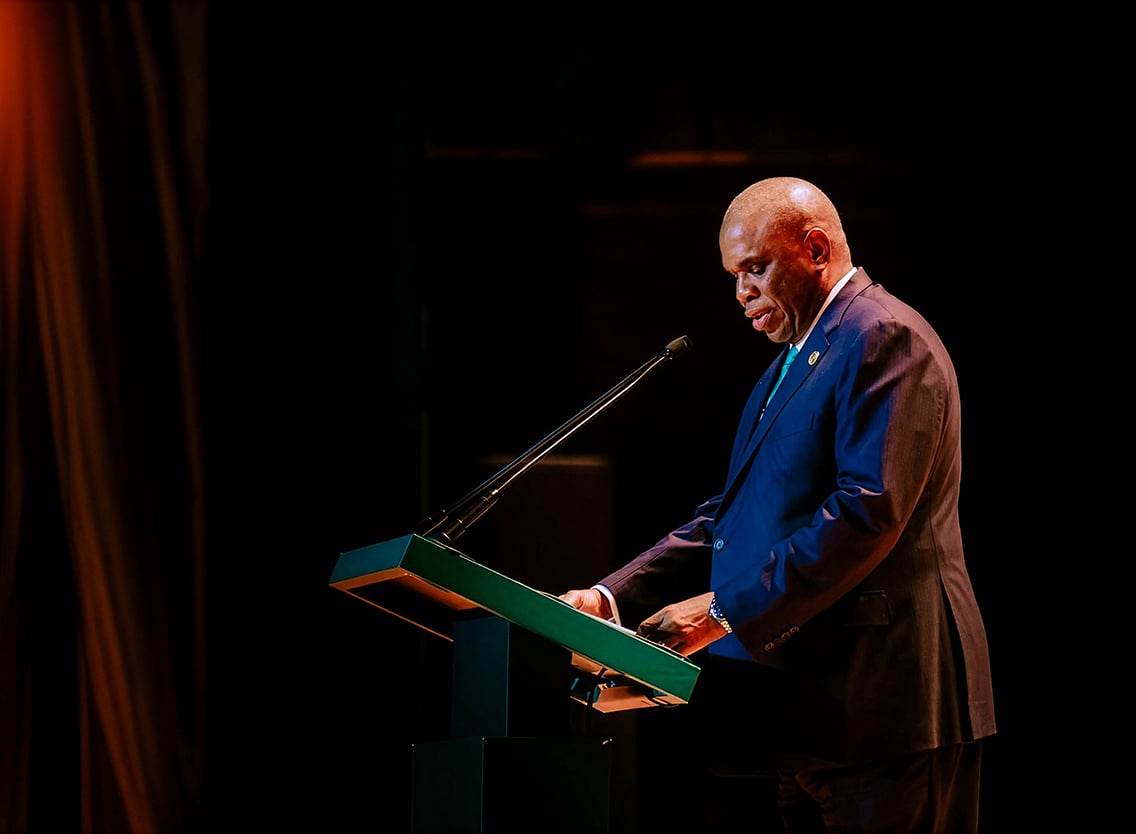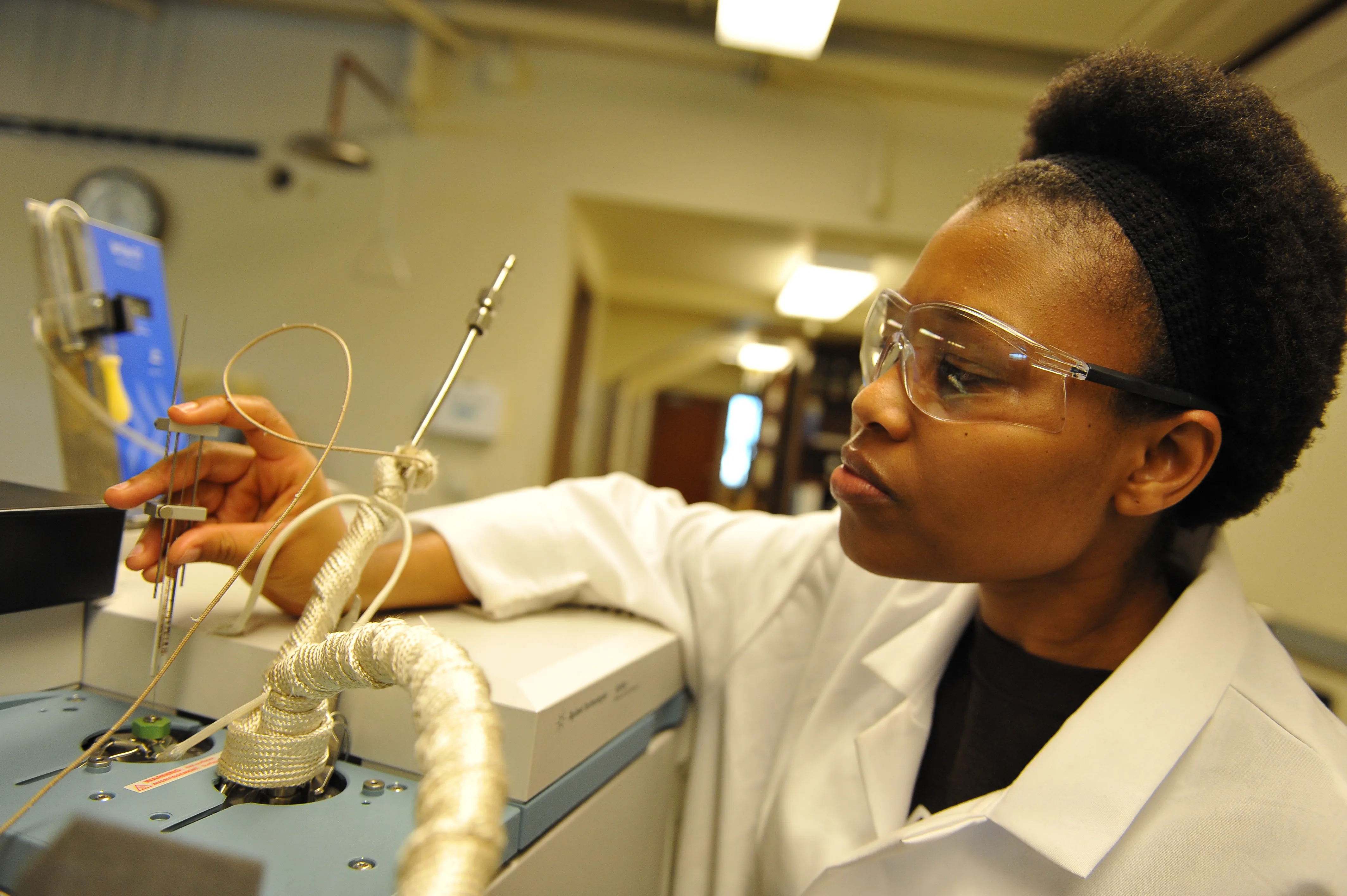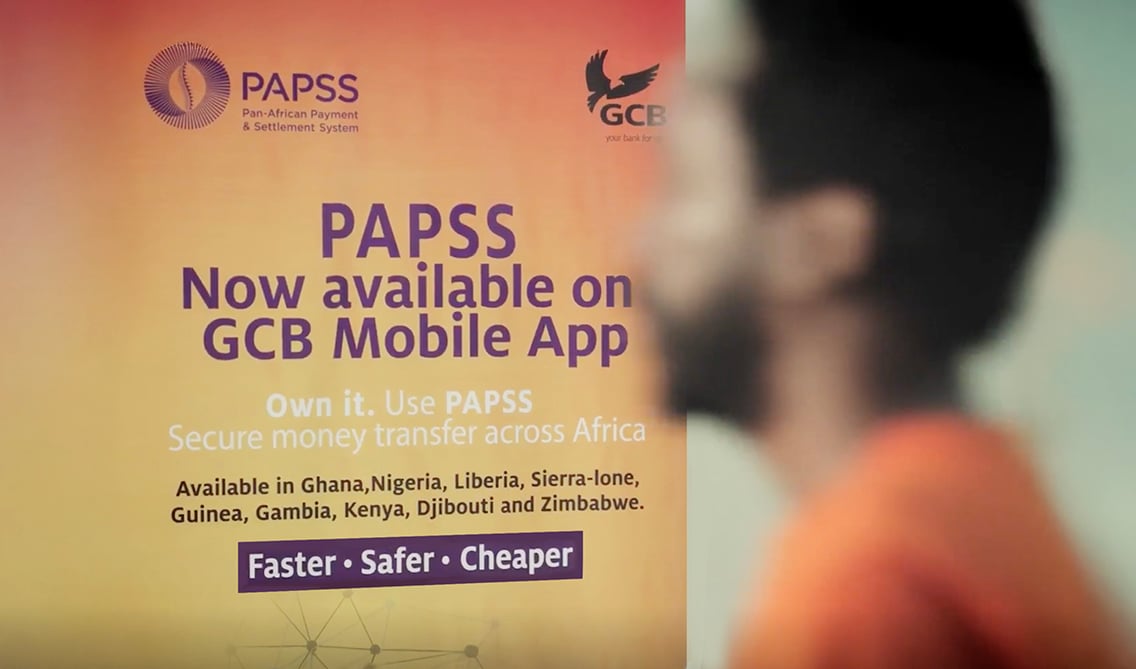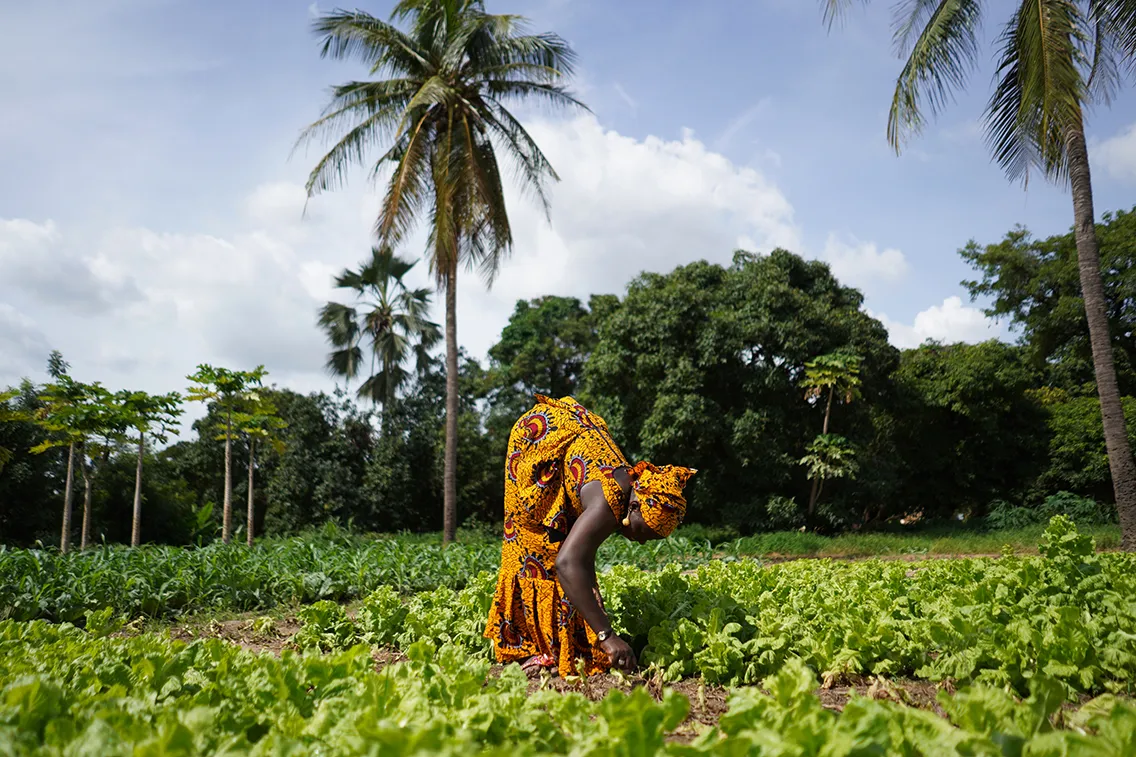
As it is correctly said, you can only judge a person’s body of work after they have downed tools. What did they start with? What have they created? What have they left behind? What difference has it made?
So let it be with Professor Benedict Okey Oramah – President and Chairman of the African Import-Export Bank (Afreximbank) from 2015 – 2025 as he departs the institution.
For over two decades, African Banker magazine has charted the ups and downs of the continent’s financial industry and the men and women who have shaped it. We can now say, with complete conviction, that Prof. Oramah – with apologies to Shakespeare, bestrode his world like a colossus.
In the process, and building on innovations that he and his predecessors had started developing, he transformed Afreximbank from a fairly well-regarded if minor offshoot of the African Development Bank into a behemoth that straddled the entire continental economic development sphere and even roped the Caribbean diaspora into the Mother Continent’s circle.
Perhaps the key to this phenomenal change lay in the basic definition of what the Bank’s functions were – not as defined by Bretton Woods or received orthodoxy but in the context of Africa per se, with its history, its degree of development, its vastness and its urgent needs.
Rene Awambeng, formerly Director of Client Relations at the Bank, says: “Prof. Oramah took the African agenda as an economic freedom fighter, challenging orthodoxies that had long defined Africa’s position in global finance.”
Yusuf Daya, another Director at th bank confirms this; “He (Oramah) led from the front and did so unapologetically, constantly placing Africa at the centre,” transforming Afreximbank into “a movement and a tool for African self-respect and economic emancipation.”
While the orthodox concept of an Exim Bank might be limited to international trade policy and support for national exporters and importers might work in advanced economies where all other indices are catered for by well-established institutions, it does not work for a developing continent like Africa.
Trade in Africa cannot be separated from the broader ecosystem from which this trade evolves and if the ecosystem is wrongly skewed or dysfunctional, trade is negatively skewed. To achieve healthy trade, on which the continent’s prosperity depends, one must fix whatever is below par in the ecosystem.
This is common sense – although some Western institutions seem unable to grasp why a continental trade organisation must perforce also be a development institution within its sphere of influence.
Nevertheless, under Oramah, this was the approach the Bank decided to take, come what may. Kanayo Awani, the Bank’s Executive Vice-President, says Oramah’s impact could be foreseen from the very beginning. “He clearly laid down what he wanted to do,” she recalls, referring to his acceptance speech in Zambia, which laid the foundations for the Impact 2021: Africa Transformed Strategy.
Under that plan, Afreximbank redefined its role around four pillars — intra-African trade, industrialisation and export development, trade finance leadership, and institutional sustainability.
Two years after he became President of the bank, Afreximbank launched its 5th Strategic Plan, (2017 to 2021). This plan, Awambeng says, saw the Bank’s transition from a traditional trade financier into a development institution with an expanded reach and purpose. “It introduced a more aggressive growth trajectory and a sharper focus on intra-African trade.”
The period also saw the birth of landmark initiatives such as the Pan-African Payment and Settlement System and the Afreximbank Trade Facilitation Programme, both designed to dismantle structural barriers to commerce and bring the African Continental Free Trade Area (AfCFTA) to life.
Awani adds: “Intra-African trade was the arrowhead of his strategy” and he cultivated “a culture of can-do within the Bank, constantly reminding staff that ‘if it can be done, we will do it, and where it cannot be done, we will still find ways to do it.’ ” This approach has turned the Bank into a problem-solving institution that operates “like a battalion under a leader on the frontlines”.
Rene Awambeng argues that Oramah’s success has as much to do with his vision as it does with his ability to manage the nuts and bolts of a multinational institution like Afreximbank.
His ability to “articulate a compelling vision, mobilise internal and external stakeholders, and maintain strategic consistency over time” was instrumental in driving the Bank’s transformation.
Between 2015 and today, its balance sheet expanded from around $6bn to more than $40bn and in 2024, the Bank approved loans of over $22bn, disbursing $18bn, a record amount.
Helping hand in crisis
The African Export-Import Bank was established in 1993 under the auspices of the African Development Bank. Christopher Edordu was the first President, followed by Jean-Louis Ekra, who served from 2005 to 2015.
The Bank was established with a straightforward mandate to promote Africa’s internal and external trade at a time when the economies of the continent were in the doldrums and the future looked bleak. Structural Adjustment programmes, declining commodity prices and the squeeze on international credit had created a financial crisis in many African countries.
For much of its early history, Afreximbank played this role quietly but effectively, stepping in to support importers and exporters when commercial banks pulled back.
A tipping point came in 2008–2009, at the height of the global financial crisis, when international banks — forced to shore up their own balance sheets — pulled out of the continent en masse. Liquidity had become a pressing concern, and both the US and the EU were in distress mode.
The bank’s response, alongside that of the AfDB and others, proved instrumental in helping African countries withstand the external shock, maintain growth momentum, and ensure that essential trade continued. This period also encouraged the bank to strengthen partnerships with export credit agencies and to deepen its collaboration with institutions outside Africa’s traditional partnerships such as the China Exim Bank, seeing that trends in trade were shifting rapidly from West to East.
Throughout, however, despite bringin new partners on board, it remained steadfast in ensuring that decision-making would not be diluted outside of Africa.
By the time Oramah assumed leadership in 2015, the Bank had established itself as a respected institution, playing an important counter-cyclical role, but was still operating within a fairly narrow remit. Nonetheless it had started to play an important role around special economic zones, value addition, especially in the cocoa value chain and also in tourism, starting initiatives that became blueprint for other products.
Over the past decade the Bank has positioned itself at the centre of Africa’s economic infrastructure, supporting industrial value chains, and helping member states navigate debt and liquidity pressures.
In the crisis-prone decade that began around 2014, when the end of the commodity super-cycle plunged many raw-material-dependent African economies into distress, Afreximbank found itself repeatedly called upon to act as the continent’s stabiliser. Dr Hippolyte Fofack, recalls: “The Bank was able to rise to these challenges by devising very effective counter-cyclical responses.”
With each new shock, the Bank found itself needing to mobilise not just more resources, but also to increase its institutional capacity.
The Bank had to be bold, but not reckless. It needed to safeguard its prudential ratios to secure the credit ratings required to raise capital at competitive prices on international markets.
A number of innovations were introduced to enhance its credit profile in the eyes of rating agencies – which often rated its shareholders, African sovereigns, less favourably than the institution itself. One such innovation was the insurance of its callable capital – capital that the bank can access if it so needed to – through the Lloyd’s of London market – a first for a multilateral institution and a creative credit enhancement mechanism.
Another was the Central Bank Deposit Programme, launched in 2014, which allowed African central banks to place funds directly with the Bank rather than keeping them in financial institutions outside the continent, which was the case then.
At the time (and the numbers haven’t changed much since!), African countries collectively held over $500 bn in foreign exchange reserves (including gold).
The programme was modelled on Banco Latinoamericano de Comercio Exterior (Bladex), the Latin American multilateral bank founded in 1979 to mobilise regional funds for trade finance.
This initiative continues to play a critical role in the Bank’s funding strategy, serving as a key tool to mobilise Africa’s own resources to finance its development. To date, it contributes nearly 40% of the Bank’s funding base.
Finally, the introduction of the Class D shares opened the door to a new category of investors previously beyond reach, allowing the bank to broaden its capital base beyond traditional government and development finance sources.
These initiatives helped provide the firepower for the bank to grow over this decade its balance sheet to where it is today.
The first and most critical challenge came with the Covid-19 pandemic and its threat of devastating populations and countries at a scale unheard of. The Bank acted swiftly.
Yusuf Daya says that this responsiveness has become the Bank’s hallmark: “In 2015, the end of the commodity super-cycle saw the Bank step up with the Counter-Cyclical Trade Liquidity Facility; in 2020, during Covid-19, we launched the Pandemic Trade Impact Mitigation Facility and helped secure vaccines for Africa and the Caribbean under a $2bn procurement guarantee.”
The Pandemic Trade Impact Mitigation Facility was a $7.5bn mechanism to support countries to deal with the economic fallout from the pandemic. PATIMFA helped countries stabilise foreign exchange reserves, service debts, procure essential medical supplies and maintain trade flows amid a global freeze in liquidity.
The Bank partnered with the International Islamic Trade Finance Corporation and the Arab Bank for Economic Development in Africa to establish the $1.5bn Collaborative Covid-19 Pandemic Response Facility (COPREFA).
In 2021, when the developed world was beginning to roll out vaccines, Africa found itself far back in the queue in the scramble for life-saving medication.
The Bank proposed a collective solution – pool the continent’s demand, mobilise financing, and negotiate as one. Backed by the Bank’s resources, the plan was implemented and by mid-2021, vaccines began arriving on African soil.
The initiative – the Africa Medical Supplies Platform (AMS) – became a defining moment for Afreximbank: In moments of crisis, when others hesitate, the Bank shows up and makes things happen, reflecting Oramah’s motto: “if it can be done, we will do it, and where it cannot be done, we will still find ways to do it.”
Together, these measures cushioned African economies against collapsing commodity prices and provided the means to import healthcare goods and agricultural inputs at the height of the disruption.
The intervention to bring vaccines also birthed one of the defining ideas of Oramah’s tenure, the concept of Global Africa, which reimagines the bank’s mandate as one that extends to the African diaspora.
That meant that countries in the Caribbean could also utilise the AMSP to access vaccines; it meant a $1.5bn facility available to eligible CARICOM member states and it meant the establishment of an outpost for the Bank in Bridgetown, Barbados, where it also held the first AfriCaribbean Trade and Investment Forum in 2022.
Its 2024 annual shareholders’ meeting was also held in the Bahamas. Building this bridge to what the African Union has recognised as the 6th region, will not only open new markets but also repair a historical injury and reconnect Africa with its own beyond its borders.
When the Russia-Ukraine conflict severely disrupted global supply chains, including very significant grain, fertiliser and fuel exports to African countries, raising the cost of living to alarming levels, the Bank once again stepped in. It responded by launching the Ukraine Crisis Adjustment Trade Financing Programme for Africa facility. “These quick and targeted interventions,” Daya says, “raised the systemic importance of the Bank as a key feature of the continental financial architecture.”
Firm hand on the tiller
But while the Bank did not hesitate to step out of its narrow confines to support the broader continental needs, it maintained a firm hand on its operations as a bank. Rene Awambeng gives credit to the “strategic foresight, institutional discipline, and a deep understanding of Africa’s evolving trade landscape” for this ability.
He says that it has done so because of its “innovative product development tailored to African realities and a relentless focus on execution.” It also required building scale – from attracting new member states and private-sector partners to bolstering its capital base.
This has earned the Bank unqualified support from its shareholders: In 2021, for example, shareholders approved a general capital increase of $6.5bn, including up to $1.5bn in paid-in capital from African member states and $3.9bn in callable capital.
In 2024 the Bank had another successful equity capital raise of $412.8m under the GCI II programme, with shareholders injecting new capital and retaining dividends to increase the Bank’s shareholders’ funds to $7.2bn.
At its 2025 GSM, shareholders approved a proposal to increase the Bank’s concessional financing window from $1bn to $5bn and raise the direct shareholder contribution from $200m to $700m.
Kanayo Awani says the shareholders’ support aligned with the ambitions of the Bank “at the battlefront to fight the battles ahead of us”. Fofack argues that “a strong alignment” between the board and the Bank “gave a lot of freedom to senior management in rolling out its visions”, ensuring that decisions could be implemented effectively and coherently.
Trade is foremost
One project that was deeply personal project for Professor Oramah was the African Medical Centres of Excellence (AMCE). In 2013, he was diagnosed with leukaemia and urgently flown to King’s College Hospital in London. It was a life-threatening moment — touch and go as to whether he would pull through. Thanks to world-class care, he recovered, but the experience left a lasting impression.
He resolved that no African should have to rely on being flown abroad for lifesaving treatment, nor depend on luck or institutional privilege to access quality care. The AMCE was born out of that conviction — to ensure that Africans can receive first-rate medical treatment at home, on African soil.
Despite its interventions in areas such as healthcare with the African Medical Centres of Excellence project and in the arts with the Creative Africa Nexus events, Afreximbank is, of course, first and foremost a trade institution.
This is most obvious in the almost evangelical zeal with which the Bank and Oramah in particular, have supported the African Continental Free Trade Area (AfCFTA), which seeks to remove trade barriers, harmonise regulations and ultimately create a single market out of the 54-country, $3trn African economy.
Daya says the Bank’s establishment of the Intra African Trade division, which presaged the trade agreement itself, positioned the Bank “as a central player in AfCFTA implementation and Agenda 2063.”
From the very beginning, Oramah threw the Bank’s full institutional weight behind the initiative. Wamkele Mene, the AfCFTA’s secretary general, recalls that the first letter he received on assuming “office was from Oramah, with a $10m pledge to help build the institution.
The Bank has established the AFCFTA Adjustment Fund, designed to become a $10bn fund, to support countries which would be adversely affected by the loss of tariff revenues.
It has also launched the Transit Guarantee Scheme, a technology-enabled continental bond system that allows goods to move across borders without the need for repeated customs bonds. The scheme, according to Awani, is saving the continent an estimated $5bn a year in logistics related costs. And then there is the Pan-African Payment and Settlement System, which now enables Africans to trade in their own currencies.
Beyond trade facilitation, Afreximbank has ventured into sectors that underpin the continent’s industrialisation drive. Its support for special economic zones and industrial parks in countries like Gabon, Benin and Togo is fostering value addition in industries such as wood processing and textiles.
“Gabon,” Awani points out, “has moved up to become the second-largest exporter of veneer.” Gabon’s success is in part, due to the presence of ARISE Integrated Industrial Platforms, builders of industrial parks and a key partner of Afreximbank. According to its founder and CEO, Gagan Gupta, the partnership has translated into tangible results across several sectors and countries, with tens of thousands of jobs created.
Similarly, Afreximbank was a major backer of the $22bn Dangote Refinery which, with a capacity of 650,000 barrels a day, is set to reduce the sub-region’s need to import finished petroleum products.
“Without Afreximbank,” the company’s founder, Aliko Dangote says, “the refinery, the petrochemical plant, and the fertiliser project would not have been possible. That’s why you need a Bank of your own.” He recalls that not even the Covid crisis could derail the project, with Afreximbank standing firm by it.
The Bank, Dangote says, is currently one of the most effective forces behind Africa’s most exciting projects and initiatives. “When you have a dream, you need somebody to help you turn that dream into reality and Afreximbank did exactly that.”
Over the last decade, more than a few business leaders have paid similar tributes to not just the Bank, but to Oramah himself.
Future outlook
Among those who knew him well and worked with him, Dr Fofak for example, places Oramah’s leadership in a more profound context, describing him as a leader whose courage and intellect are inseparable from his ideology of Pan-Africanism. Under his leadership, Fofack argues, the Bank has adopted an approach that can be captured by Descartes’ succinct aphorism: “I am, therefore I exist.”
This reflects a deep conviction that Africans must lead, finance and manage their own development. “Anything that concerns us, we will lead it.”
In the face of increasing geopolitical turmoil, Africa would benefit from having more and stronger financial institutions. Which is why Afreximbank’s transformation over the last decade is such an important story, perhaps offering a blueprint that other institutions can mirror.
But replicating the Afreximbank model across Africa will require more than just institutional redesign. As Rene Awambeng notes, the foundation lies in cultivating a pan-African perspective that transcends national borders and sectoral silos. The Afreximbank story then is not just a story of financial growth but a story that shows proof that when African institutions believe in their own capacity, they can bend the arc of the continent’s development towards self-determination.






Recent Comments